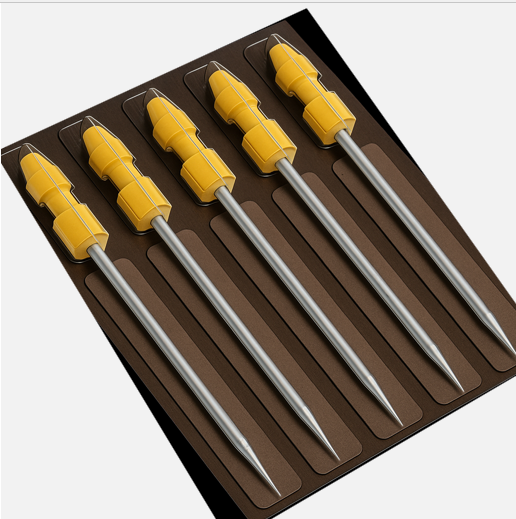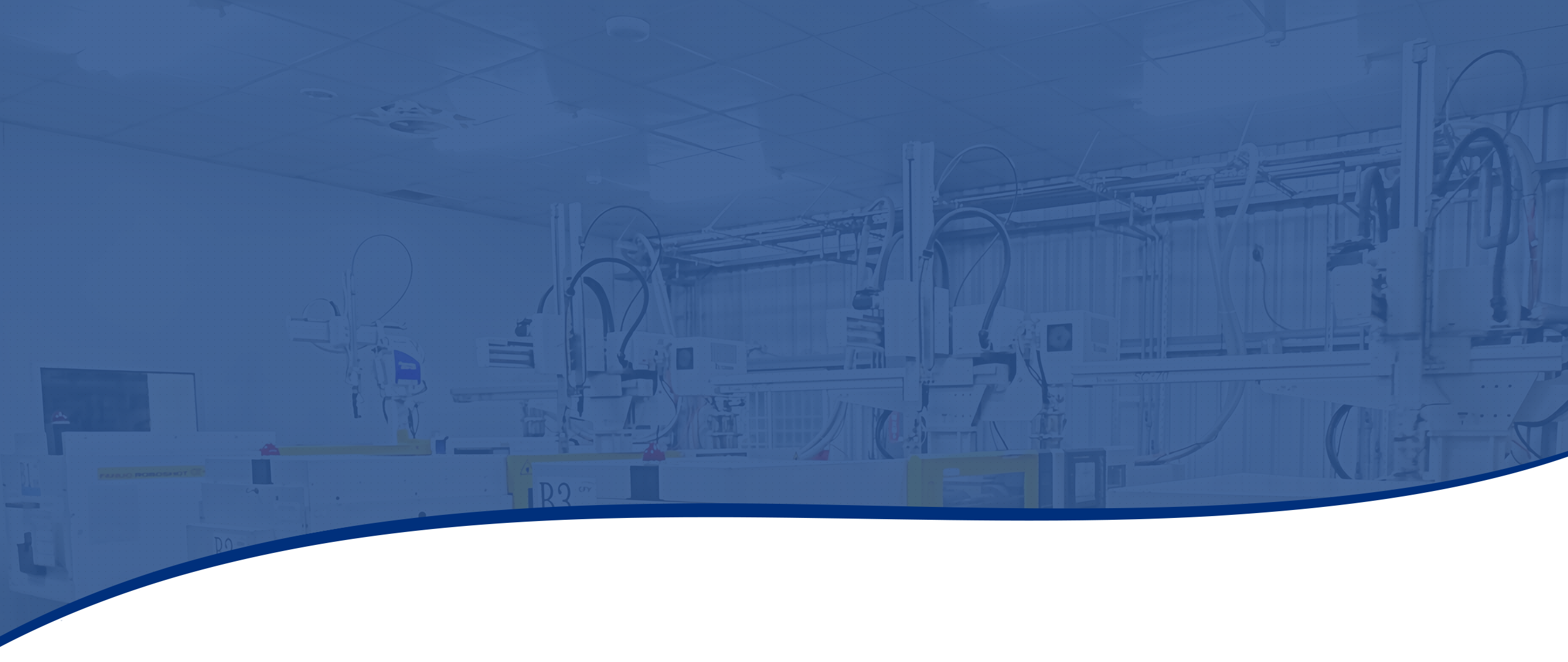What Is Plastic Injection Molding?
Plastic injection molding is a common plastic processing technique used to mass-produce plastic parts with high precision and repeatability. The basic principle involves heating plastic material until it melts, then injecting it into a mold under high pressure. Once cooled and solidified, the finished part is ejected. The mold plays a crucial role in defining the shape of the final product. It is a precisely machined metal tool designed according to customer drawings, forming the exact cavity needed for the part.
Insert Molding Principle
In plastic injection molding, insert molding is a technique in which metal or other components are pre-placed into the mold and then overmolded with plastic. This method combines the properties of multiple materials, enhancing the product’s functionality and structural strength.
The insert molding process is as follows:
Metal, ceramic, electronic components, or other types of inserts are accurately positioned in designated locations within the mold; after the mold is closed, molten plastic is injected into the cavity to cover or fill the area around the inserts; once the plastic has encapsulated the inserts, it cools and solidifies, forming a composite structure that integrates plastic and insert components; the finished part is then ejected from the mold with the embedded insert.

Advantages of Insert Molding:
- Reduced Assembly Process
Combines multiple components into a single molded part, reducing manual assembly time and labor costs. - Enhanced Design Flexibility
Enables complex designs that integrate metal or functional components within plastic parts. - Improved Aesthetics and Integration
Eliminates exposed screws or joints for a cleaner and more integrated appearance. - Improved Electrical or Mechanical Performance
Inserts can serve as conductive, magnetic-resistant, or heat-resistant functional elements.
Insert Molding vs. Overmolding
Insert molding and overmolding are common plastic injection molding techniques that are often confused. The main difference lies in the process: Insert molding involves placing a metal or other insert into the mold before plastic injection, so the plastic encapsulates the insert during molding. In contrast, overmolding is a two-step process where the initial plastic part is first molded, then placed into a second mold for an additional injection, creating a multi-material overmolded product.

Insert molding is a widely used plastic processing technique commonly applied in products such as medical injection syringes, electronic connectors, and sensors. The core of this technique involves placing metal or other rigid inserts into the mold before injecting plastic. During the molding process, the plastic tightly bonds with the insert, forming an integrated structure. The main advantages include:
Enhanced structural strength and durability
Plastic materials alone are less suitable for bearing high stress. By embedding metal inserts, the overall impact resistance, torsional strength, and stability are improved—especially in components that require frequent plugging, unplugging, or fastening.
Prevents thread stripping and improves fastening performance
In electronic devices or medical instruments, plastic cannot reliably withstand long-term screw fastening. Using metal inserts avoids thread stripping and ensures a secure connection.
Weight reduction with multifunctional integration
Compared to fully metal components, plastic is lighter. By strategically combining metal inserts with plastic, the final product retains strength while reducing overall weight—ideal for portable medical devices or wearable electronics.
Improved aesthetics and protective function
Since the insert and plastic form a single unit, sharp edges or conductive parts can be encapsulated effectively. This not only enhances appearance but also provides safety—particularly important for components that come into contact with the human body or require electrical insulation.




